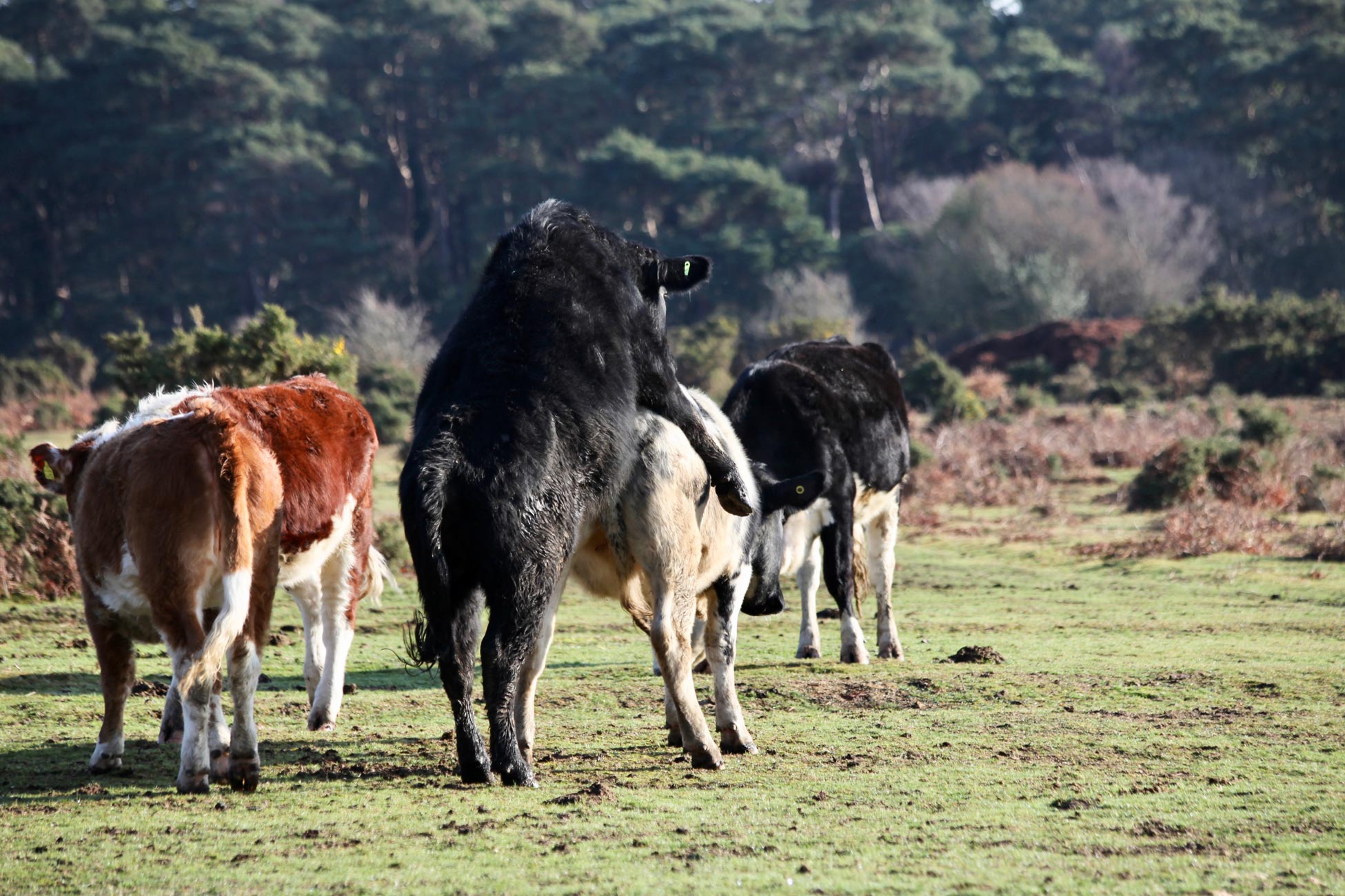A light frost fell on the fields last night and Jackie had to scrape ice off the windscreen before driving me to the G.P. surgery at Milford on Sea for the successful removal of the staples from my knee. Rather unfairly, it seems to me, some members of the medical fraternities and sororities refer to orthopaedics as ‘The Carpenters’. However, I have to say that the curving row of hurdles penetrating my flesh did look as if it has been applied by an upholsterer’s gun. The nurse’s staple remover was a little more delicate than those found in Staples stationary stores.
After this we travelled along the coast road, where I began my morning’s photoshoots through my passenger window.
The Needles convoy trailed after the Isle of Wight lighthouse;
Also silhouetted along the Milford coastline were walkers with dogs and a woman pushing a child in a buggy;
A few gulls wandered about the car parks, where a crow set itself up for a long vigil.
Turning away from the coast we set off along the Beaulieu Road out of Lymington, where ponies, the silvery greys blending with similar hued birches, enhanced the landscape.
Whilst in Pilley we briefly visited Elizabeth who had spent the morning with BT engineers attempting to discover why her landline had stopped working.
A trio of goats we passed in Warborne Lane on our way home were rather less frisky than their bovine neighbours.
This evening we dined on Jackie’s tasty chicken jalfrezi with savoury rice.
P. S. Jackie has researched the activities of the young heifers. This is what she learned from Wikipedia:
‘Bulling¬†is a behaviour seen in¬†cattle¬†when one mounts another, usually when one or the other is a female in¬†oestrus¬†(on heat);[1]¬†”bulling” is commonly used as a term for a female in oestrus. Female cattle in oestrus may mount any adult cattle, especially a bull (fertile male) if one is present, but they will also mount castrated males or other females. A bulling female will often also be mounted by other cattle, both male and female (only fertile males are usually capable of mating). A dominant bull will defend the bulling female from being mounted by other cattle.
Bulling is used by farmers to recognise oestrus, which is important to determine the fertile period when cows may be artificially inseminated.[1] Care is needed to identify whether the animal in oestrus is the one mounting or being mounted, and of course sometimes both animals may be in oestrus.
Mounting behaviour is also sometimes seen between adult cattle in the absence of a female in oestrus.’






















I especially enjoyed the photos of the cattle with the birches. Very English landscape, that.
Thanks very much, Linda
Ah, my ponies and the wild and wooly animals of Great Britain share your stage. Terrific, Derrick!
Many thanks, GP
Always good to get those nasty staples removed. No the flesh from the incision area can begin healing.
Thanks a lot, Gary.
The youngsters practising made me laugh – I shall refrain from any smart retorts or proposals of what their elders might be thinking
Nice restraint, Pauline. All of our own ideas are quite sufficient.
Wistful, maybe, Pauline. Many thanks
I suspect it might be what the elders of any species are thinking, and it probably includes an occasional rolled eye, or two.
You live in a beautiful part of the country. I have always enjoyed visits there in my younger days.
We do, indeed, Tootlepedal. Yours is equally beautiful, but rather colder. Many thanks
I love the silhouetted photos along the coastline, Derrick. Eek! I had to cover my eyes!
Many thanks, Jill
I know, it’s freezing! Nice photos
Thanks a lot, Alex
Goodness, things are busy over there.
Remarkable what medical staff can do with those staples….I trust you are at ease more daily! Healing has its own ways and timetable, and glad all seems well.
The untamed beasts sure are restive–and need to enjoy their youth! But the goats were prettier/more pleasing
Thanks very much, Cynthia
Your description of the staples really grabbed my attention. Great photos from the car of exciting times on Bull Hill!
Thanks very much, JoAnna
The sap is rising in New Forest, for sure.
Glad to hear the staples have come out. You’ll be healed up in no time!
Thanks very much, Lavinia
The hungry photographer in you seems to have had his fill to the joy of his followers! My favourite is the living, long stay parking meter.
Many thanks, Uma. Jackie spotted that one
You manage to make the staple removal procedure sound positively medieval!
Thank goodness we are out of that age. Many thanks, Andrew
Many thanks, Andrew
Good to hear that the staple removing is done, and now you can start healing much faster. Great dynamic photos of the cattle!
Thanks very much, Dolly
My pleasure, Derrick
Losing your readers / followers are you Derrick,? resorting to X Rated sex post now I note!
Well, I had to do something Thanks very much, Brian
Thanks very much, Brian
Great shots…all of them!
And OOH those “action” shots…the sap IS rising!
Glad to hear about the staples being removed!
HUGS!!!
Thanks very much, Carolyn X
Happy for you Derrick !!!
Unlike surgery on other internal organs, orthopedic surgery works on the heavy structures of the skeleton – essentially human carpentry – and requires greater effort and force!!
Wonderful photos!!!!!!!!
Thanks very much, Efi. Mr Kask is a very strong man
An eventful day! Must be nice to have those Staples removed.
Thanks a lot, Laurie. Yes, another good stage in the process
Again beautiful photos. Yes the staple removal is lovely…….
Thanks very much, Dad
Beautiful photos, and I’m happy to see your sense of humor has remained intact throughout your recovery. I laughed at the crow on the long term parking sign.
I laughed at the crow on the long term parking sign.
Thanks very much, Merril
Crows, and stables, and cows, oh my!
Many thanks, Widders. I’ve since learned what the young cows were up to. It’s called bulling: https://en.wikipedia.org/wiki/Bulling_(cattle) Will provide a P.S. when I get round to it